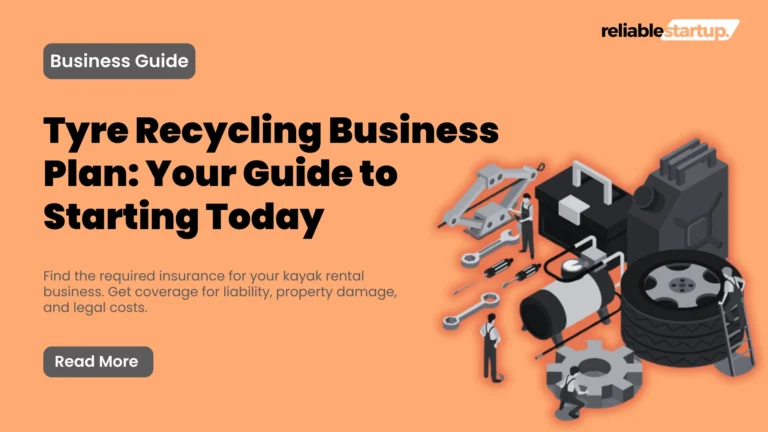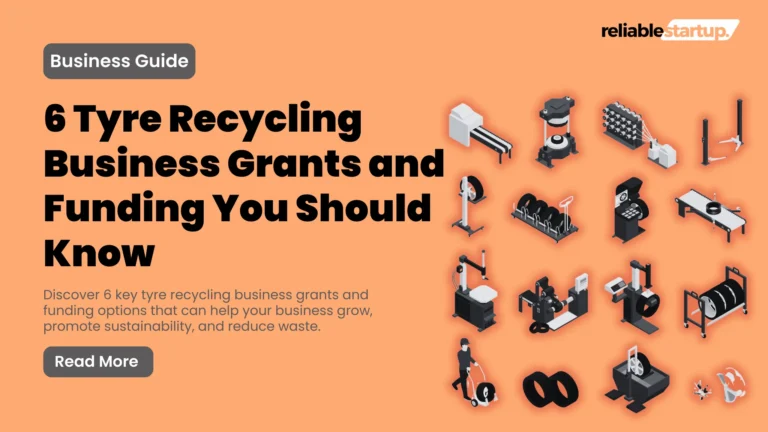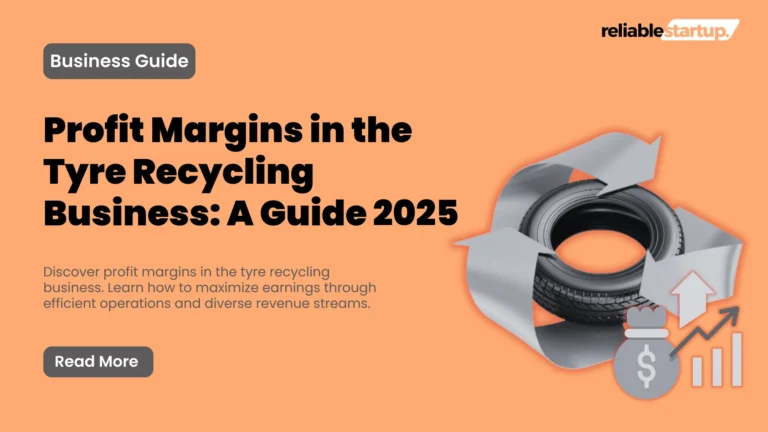How to Get Government Subsidies for Tyre Recycling
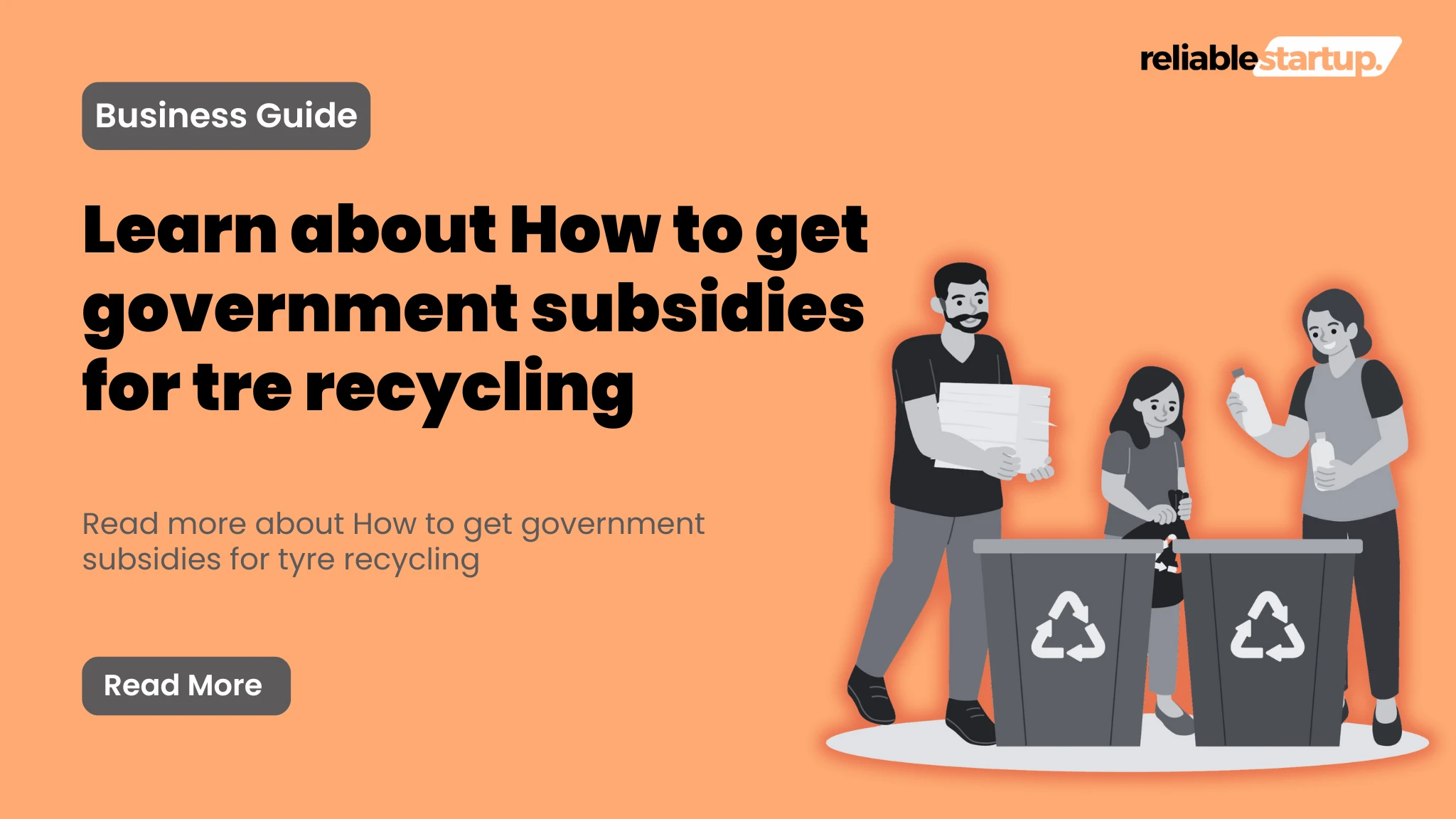
There is no doubt that the tire recycling business has many benefits. It’s serving for human health and uses its waste to make new useful things that can be helpful in the industry. But have you ever thought of it? What if you work without the permission of the government? Will it affect your business, or can you run it this way?
You have to research this, but studies tell you that you need government subsidies for your tire business.
But people might struggle with, How to get government subsidies for tyre recycling.
If you don’t know this, don’t be worried. This guide will teach you about all the necessities that are required for getting government subsidies for your business.
Let’s explore this to know its requirements!
How to Get Government Subsidies for Tyre Recycling
Some basic requirements are needed to work on:
Collection
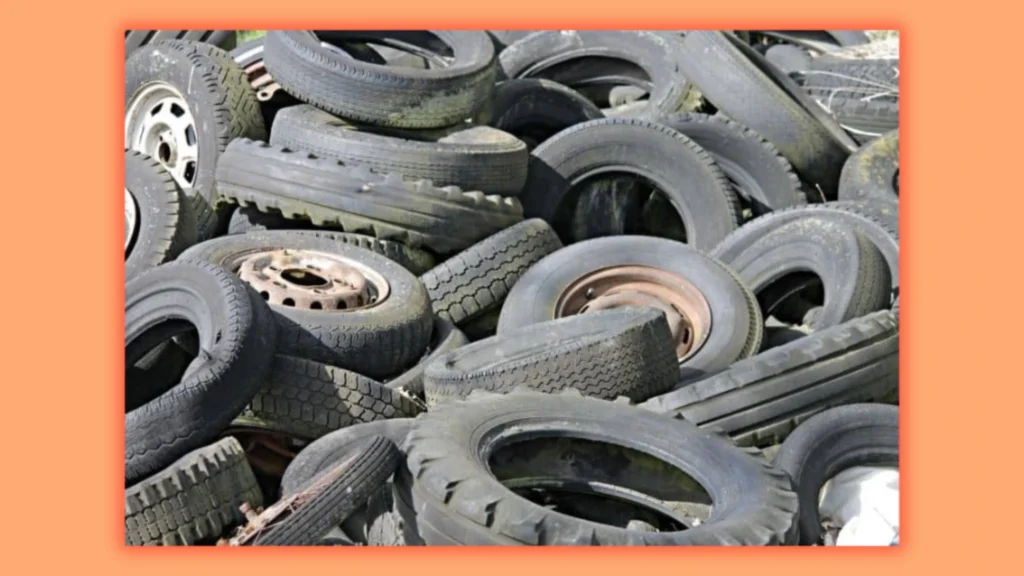
You must collect the tyres from different sources like shops, between flats on the side of the road, DIY mechanics, and oversized tyres; many tyres get left on the side of the road, in empty lots, or piled next to the shed.
Make a state grant, this will help you give important necessary capital for the local cleanup efforts. Grans to. Tyre amnesty days, which are funded by grants, give residents the opportunity to donate their unwanted tires for free.
Even while each tenant is often only permitted a certain number of tyres, the result can have a big impact. The expense for cleanup teams to collect, move, and recycle tyres left on empty lots or other locations may be covered by other programs.
Also, Read How Tyre Recycling Reduces Carbon Footprint
Reuse
Some goods made from recycled tyres are relatively recent. Even though they might be a great substitute for current materials, businesses might be hesitant to use them. Companies may be encouraged to examine their alternatives more thoroughly if they get grants that partially offset the cost of an upgrade project that includes recycled tire materials.
Here are a few instances:
- Rubber mulch installation in parks or schools
- Using rubberized asphalt to pave roads
- Using aggregate made from tires in building projects
Compared to conventional goods used for the same purpose, many recycled rubber products are more resilient and long-lasting. Persuading businesses to test the product is a great place to start.
Research
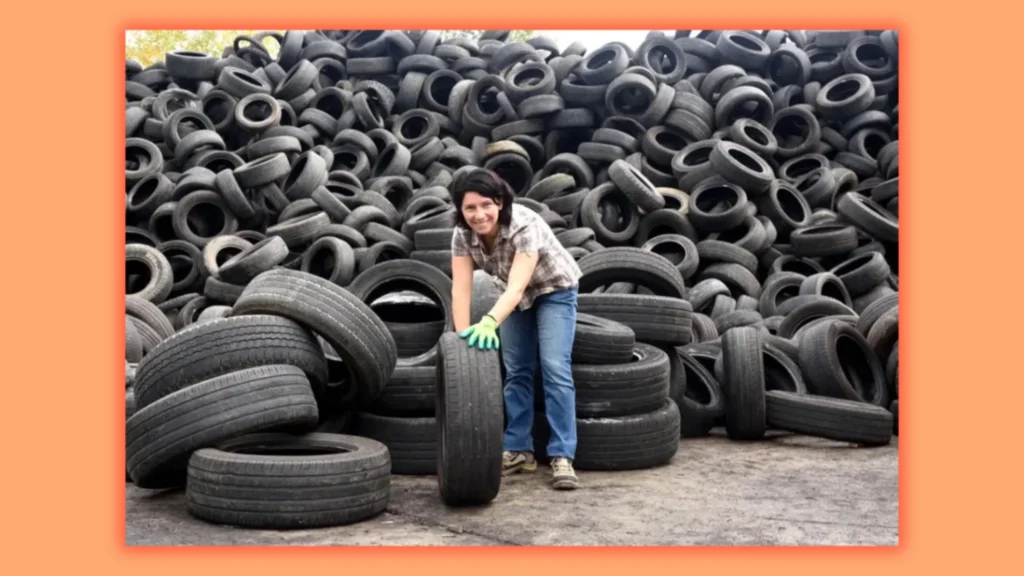
The long-term answer to the tire scrap issue will be released before the issue arises. Tire producers are encouraged to find new and improved methods of producing tires via grants that support research into creating more environmentally friendly tires.
Previous initiatives have examined ways to make existing tires more durable so they last a lot longer or the use of recycled rubber in new tires.
Compared to the fossil fuels commonly used in cement kilns and paper mills, TDF is a cleaner option. Even if TDF is one of the greatest and earliest applications for recycled tires, there are still a lot of other options to consider. The demand for goods like crumb rubber may rise if research is funded to find the optimal use for recycled rubber in the future.
Also, Read Types of Tyre Recycling Methods and Their Benefits
Enforcement
The collecting, transportation, storage, and usage of scrap tires are governed by laws in the majority of states. However, local law enforcement may face difficulties in enforcing the law.
The funds required to invest time and energy in making sure locals and scrap tire processors adhere to relevant regulations can be obtained through government grants. By abiding by these regulations, property is protected and public safety is maintained.
Recycling
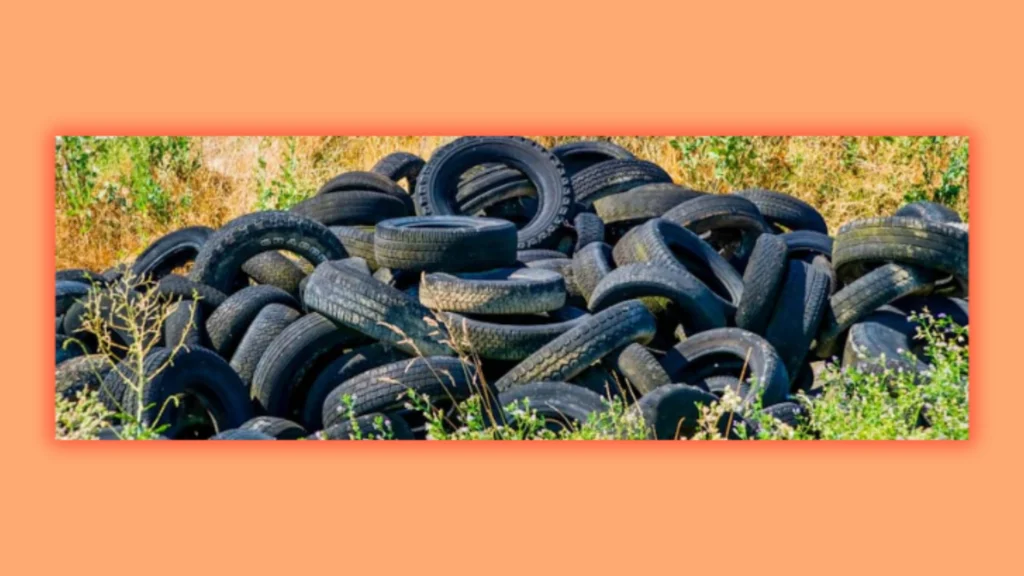
Enhancing all facets of tire recycling, including accessibility, is the goal of government funding for waste tire recycling. Trash is routinely collected from citizens nationwide by solid waste management. This service’s infrastructure is already established.
Many programs aim to add recycling services to this existing infrastructure. Funding of this kind may be provided to waste management firms and their partners to assist in the implementation of tire recycling initiatives.
These initiatives make it simple to recycle tires and guarantee that they are turned into other beneficial materials.
Also, Read Tyre Recycling Business Plan
Partnerships
State governments and waste tire recycling businesses have the same objective of recycling scrap tires. Both can go closer to a solution without the other, but when they collaborate, progress is made more rapidly and consistently.
Government subsidies frequently provide recycling businesses and other organizations with the extra funding they need to investigate new avenues and put new initiatives into place to speed up tire recycling. Tire recycling will keep expanding and enhancing our environmental outlook with the support of grants.
State Grant Programs
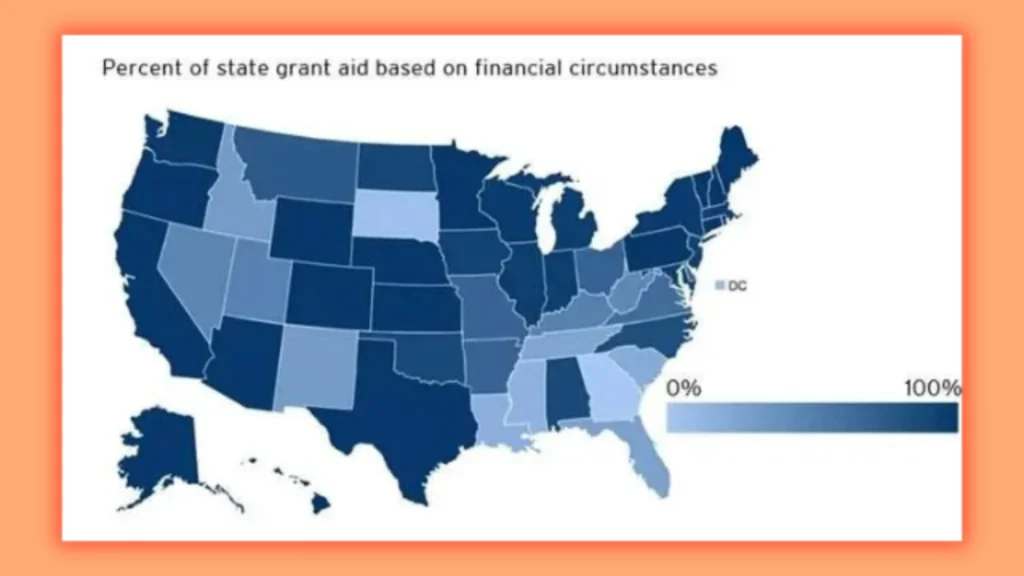
Through various government programs and activities that support the optimal use case for tires, states and local governments can further encourage tire recycling after they are collected.
The Playground Scrap Tire Material Grant from the Missouri Department of Natural Resources is a fantastic illustration of a government grant that promotes the usage of recycled rubber tires.
The Portageville School Board recently received $30,000 from this award to assist in the construction of two new playgrounds. The playground surface is entirely constructed of recycled Missouri tires, making the playgrounds safer and easier for students to access.
Additionally, Tennessee announced a new $2.25 million award as part of its Tire Environmental Act Program to support programs that maximize the use of scrap tires to promote recycling.
A portion of this award was given to the University of Tennessee in Knoxville (UTK) for a research and development initiative that aims to create sustainable tire rubber technology for road construction.
A $500,000 grant was also given to Liberty Tire Recycling’s Nashville facility to help buy equipment that will process about 10,000 tons of recycled tires a year.
Also, Read Tyre Recycling Technologies: Innovative Waste Solutions
Conclusion
This comprehensive guide taught you about How to Get Government Subsidies for Tyre Recycling. Now, you are able to run your business effectively. Government grants will help you a lot, try to get them as soon as possible for you.
Seek help? Contact Us!
FAQs
What is the method of recycling tires?
- Mechanical Shredding
- Ambient Grinding
- Cryogenic Grinding
- Pyrolysis
- Devulcanization
- Fuel for cement kilns
- Civil engineering projects
- Construction materials
Is tire recycling profitable?
Yes, it is.
- It generates revenue by selling shredded tire materials like steel and rubber.
- It offers expansion opportunities by providing recycled tire products in construction, manufacturing, and energy plants.
How can you recycle a tire?
You must take your tire to the recycling plant or the household waste recycling center. Make a deal with them; they will proceed with all the methods that are needed for recycling. This way, the tire will be recycled.

